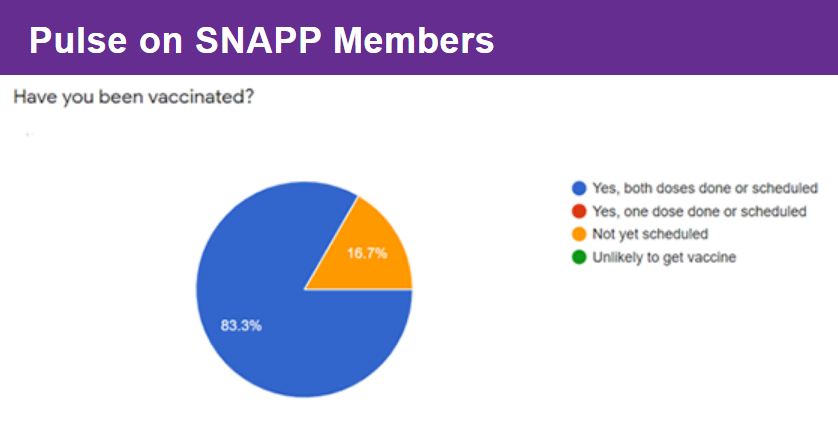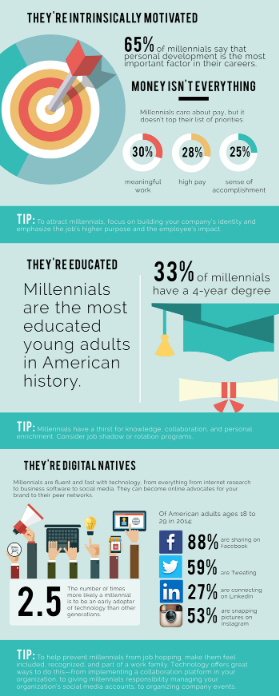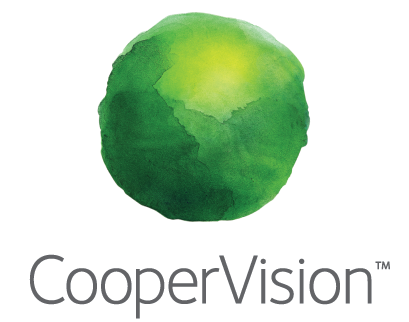



Ocular Surface Disease More Prevalent Than People Realize |

Lisa Hamilton, OD, SNAPP Board Member |
|
||
|
||
|
||
|
||
|
||
|
||
|
|
||
|
||
|

|
||
|

| In each issue, we’ll bring you a variety of updates from recent news events. |
|
||
|
||
|
||
|
||
|
||
|
||
|
||
|

Top 5 Ways to Check Your Billing Successes |

By Amanda Whitener, VisionWeb |
One great way to gain transparency into whether or not your biller is doing the job you expect them to is by running reports to review and monitor the health of your practice. Doing so will help in identifying trends that, upon addressing, can lead to higher and more consistent cash flow. The five essential reports below will provide additional insight into your practice to catalyze revenue growth.
• Denial rate by service line – Be careful to steer clear of denials reported by claim level as this will not give a clear indication of all the issues taking place on each claim. Reviewing your denial rate by line level can help identify if your billing team has the system set up properly, are pulling benefits correctly and are sending claims out with all payer-specific, required data sets.
• Denial count by adjustment code category – Review this report for spikes in specific denial types as they can be an indication of several factors. Perhaps the referring provider is not copying over to the claim forms or maybe there was an update to a particular Dx that now requires a greater level of specificity. This report will give you a starting point for this deep dive.
• Processing time analysis – Time is money and this report allows for insight into how long it is taking to get claims out the door. Since this metric includes rebills, a high processing time may indicate that your practice is experiencing an unusually high amount of rejections. Drilling down to the reason for the increase can not only assist in overturning the current rejections but also mitigate any in the future that would have resulted from the issue. If you see an unusually large decrease in processing time, it may be time to ensure your billing team is working and resubmitting rejected claims.
• Patient responsibility – This report allows for insight into how much patients are being charged for deductible, co-insurance or co-pays. An unusual increase or decrease in the average may indicate that your biller is not calculating benefits correctly. Keep in mind that it becomes much harder to collect any balance from a patient as time goes on. Collecting the correct amount at time of service will help keep your cashflow strong and your patient population satisfied.
• Utilization report – When compared with national averages, this report is pivotal in identifying potential risk of an audit. Insurance carriers are well aware of the national averages and may want to take a peek into any practice falling a decent amount outside those averages, but fear not! Your patient demographic and documentation support the usage, so you will be just fine.
As a final note, having the national average to compare your results can assist in identifying potential opportunity for your practice. Look at the metrics that are significantly outside of this average and begin a deep dive on them. You may find a small change that could result in a big dividend.
Amanda Whitener is a key member of the Revenue Cycle Management team at VisionWeb. She helps practices understand the gaps in their own processes and make informed decisions about how to grow that aspect of their practice.
Reach out to Amanda with any other billing questions you have here, she might have the solution for you.

|
||
|






